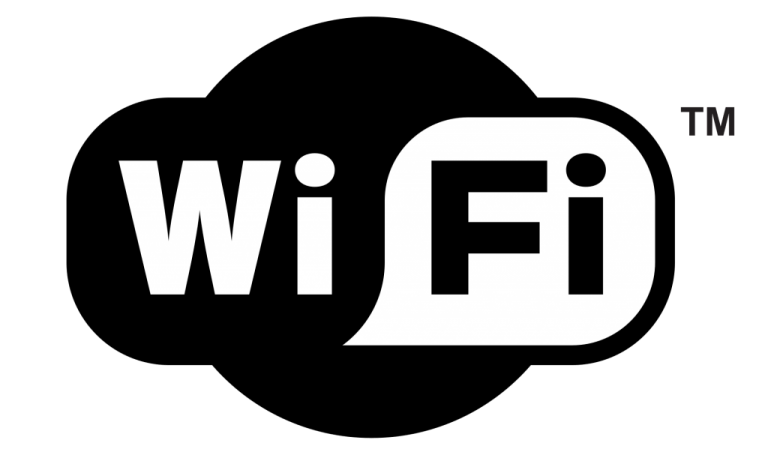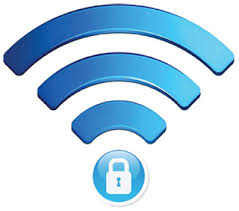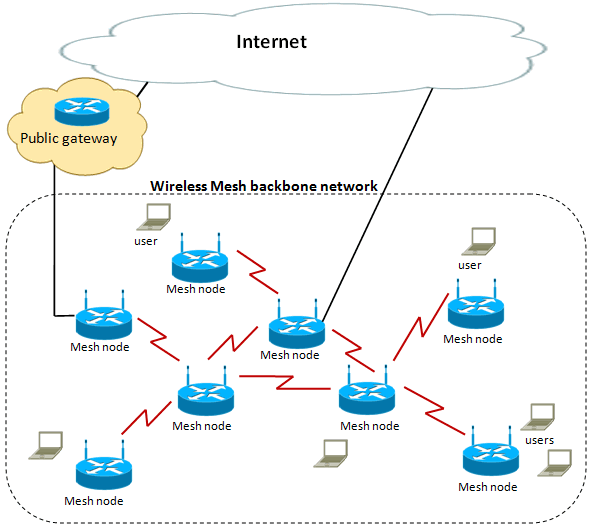The world of wireless internet has evolved over time to adapt to our increasing needs. The wireless networks we used ten years ago are no longer sufficient for the usage we need from them now. In my family of five, it is not uncommon for up to nine devices to be in use on our network at once. Between laptops, phones, Apple TV, and more, there is a lot of traffic for our network to attempt to deal with. For this reason, there is a greater need for a powerful wireless system to accommodate everyone’s devices.

Traditionally, all wireless networks have had a similar setup. They start with a modem, which connects your network to the internet through telephone or cable lines. Next you need a router, which essentially directs traffic for your network. Next you have a switch, which connects the wired devices on the network together. From here, you need to connect to a wireless access point. This is the central spot from which Wi-Fi is transmitted. If you buy a basic level modem/router, it comes with a modem, router, switch, and access point built into one piece of hardware. If you have a home that is 1500 square feet or less, one access point is often sufficient for Wi-Fi coverage throughout the house. However, if your house is bigger, or you would like Wi-Fi available outside as well, you will need to add more access points. These access points should all be wired back to the router.
A new type of wireless network is becoming marketed as an inexpensive solution to get better coverage throughout the house. This is known as a mesh network. This system consists of a number of radio nodes (essentially small access points) that wirelessly communicate with each other to give you a wider range of Wi-Fi coverage. These nodes are plugged into the wall in different spots around the house and communicate with each other wirelessly. This type of network is great in theory. It does fix the problem of dead spots in the house, and is cheaper than a traditional system. However, it is NOT the best solution to poor Wi-Fi. It solves the coverage problem, but does not deliver consistent download speeds.


With mesh networks, a user’s device connects to one of the wireless nodes, which then re-transmits the data through one or more wireless repeaters to the router. Each wireless “hop” from one device to another is subject to interference, data loss and latency. For this reason, even though it appears that you have full bars on your device, this is not an accurate representation of your connection. Although you are close in proximity to a node, your network speed will be considerably lower than it would be if the access point was wired back to the router. Most of the time, there is too much noise and interference for a wireless network to work at its top speed. With the traditional system, your device communicates directly to your nearest access point, which communicates uninterrupted through a wired connection with the router. This is a much faster and more effective way to send and receive information.

In addition to poor internet speed, mesh networks severely lack in security. With each computer acting as a router in this type of network, a stolen computer or device can grant access to the network and can allow the thief to easily enter the network and install malicious software. Without added security, hackers can also create zombie computers in the networks, which can passively collect website passwords, bank information, and more from other computers in the network. Additionally, if a computer becomes infected, it can pretend to be a trusted member of the network, but can block information from passing through to other nodes or steal the information as it is being transmitted. Additional security measures and software can be installed in a mesh network to try to dilute the security issues, but you are still at a much higher risk than with a traditional system.
Wireless Mesh Networks are inexpensive band-aids for fixing wireless dead spots, but they are no substitute for a properly designed network solution. If you are having problems with your Wi-Fi and are seeing dead spots in your home, the ideal, fastest, and most reliable solution is additional access points connected in your wired system. A mesh network is not the best solution.

For a professionally installed home network or to see all the products we offer, give us a call or set up a meeting!

